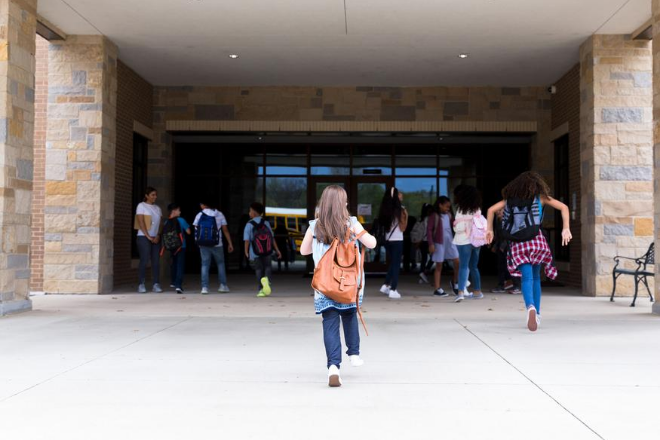Article by Bobby Brasher, Brook Hill School

Brook Hill School
It goes without saying that spring 2020 was rife with challenges for schools. The vast majority of students were learning remotely, away from their fellow students, teachers, school staff and the structure that provides a rhythm and regularity to our days in the school community. While we may be returning to campus in the fall — at the least trying our hardest to do so safely — school life will be far from normal.
Like the rest of us, students have been experiencing undue stress during this time, but unlike adults, they may not know how to express those feelings and find help. While calls to emotional wellness and suicide prevention hotlines have risen precipitously during the pandemic, child abuse hotlines have seen significant drops in calls. This is because those who usually report child abuse — teachers, guidance counselors, mentors and other trusted adults outside the home — have not seen children in person for months. Many experts fear that child abuse has risen as children have been isolated with families for long periods of time. Abuse can happen in any socio-economic strata, and we must remain vigilant. While a family may not have financial problems, adults could be self-medicating or acting out in other ways while under increased stress.
When students return to campus, many will likely be experiencing a range of emotions and some may have trouble expressing them.
When students return to campus, many will likely be experiencing a range of emotions and some may have trouble expressing them. It is therefore more important than ever that everyone in the school community be trained to recognize signs of unrest in students — and adults — and understand what calls for help may sound or look like.
This is called situational awareness or behavior analysis, and at Brook Hill School, we do trainings for teachers, maintenance, food service and other staff every semester. The fruits of this training are evident. I’ve had English teachers approach me with writings that raise red flags. Maintenance workers have noticed unusual vehicles and behavior on campus. Each of these incidents has been resolved before trouble started, thanks to the awareness and reporting system we have at Brook Hill.
Situational awareness has been described as a “sixth sense,” a gut feeling or intuition. It is the awareness of the norm in our surroundings and the potential that something is about to happen. The U.S. Department of Homeland Security, FBI and U.S. Secret Service have developed guidelines to help those in schools develop this sense. The guidelines recommend paying attention to the following factors in students:
It is important that faculty and staff know students and their families, family dynamics and situation, as well as students’ hobbies and general appearance so that school staff can identify changes from usual behavior.
- Engagement in class and academics
- Personal setbacks and tendency to isolate
- Evidence of depression and hopelessness
- Access to weapons and capacity to carry out an attack
- Evidence of attack planning
It is important that faculty and staff know students and their families, family dynamics and situation, as well as students’ hobbies and general appearance so that school staff can identify changes from usual behavior. Know your students’ baselines. Some may come in dressed neatly every day, others may look more like Dennis the Menace, and that’s okay — it’s changes in appearances and behavior that are notable. Independent schools have an advantage in this regard, as most have a smaller, close-knit community.
Observing and identifying unusual behavior is part of the first step in preventing an attack from within. Pre-attack indicators include:
- Fidgeting
- Looking around nervously
- Shuffling feet
- Hands in pockets
- Inappropriate clothing for weather/environment
- Behavior that is not normal
If the unthinkable does occur, it is also important that the school has prepared and practiced plans to protect students, faculty and staff from attacks, mitigate the severity of an attack, respond to the attack in order to stop it, and recover safety and a sense of normalcy after the incident. Without training, the community’s response to a violent incident is likely to include confusion, disbelief, denial, panic and helplessness. A trained, school staff will be more likely to be aware and proactive, accept the crisis, and commit to action and response.



.png?sfvrsn=e0147111_1)

